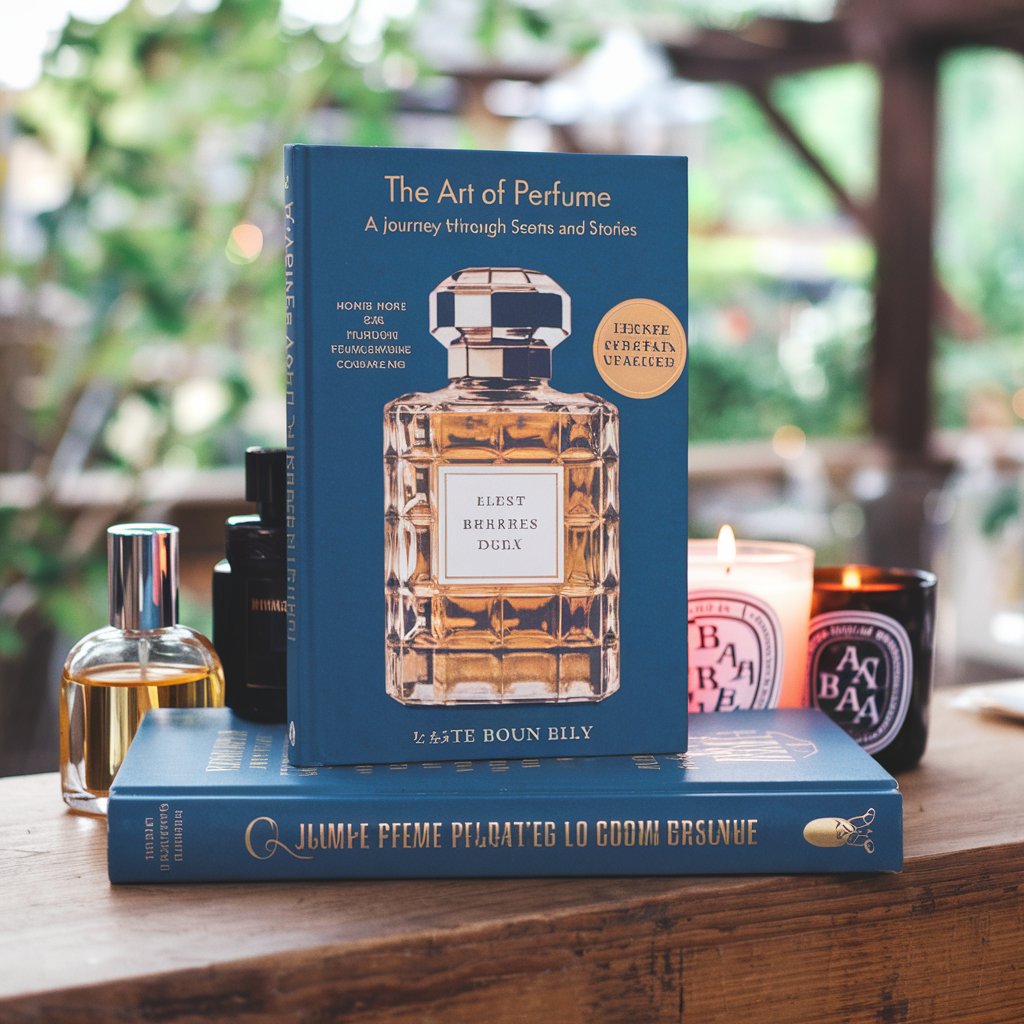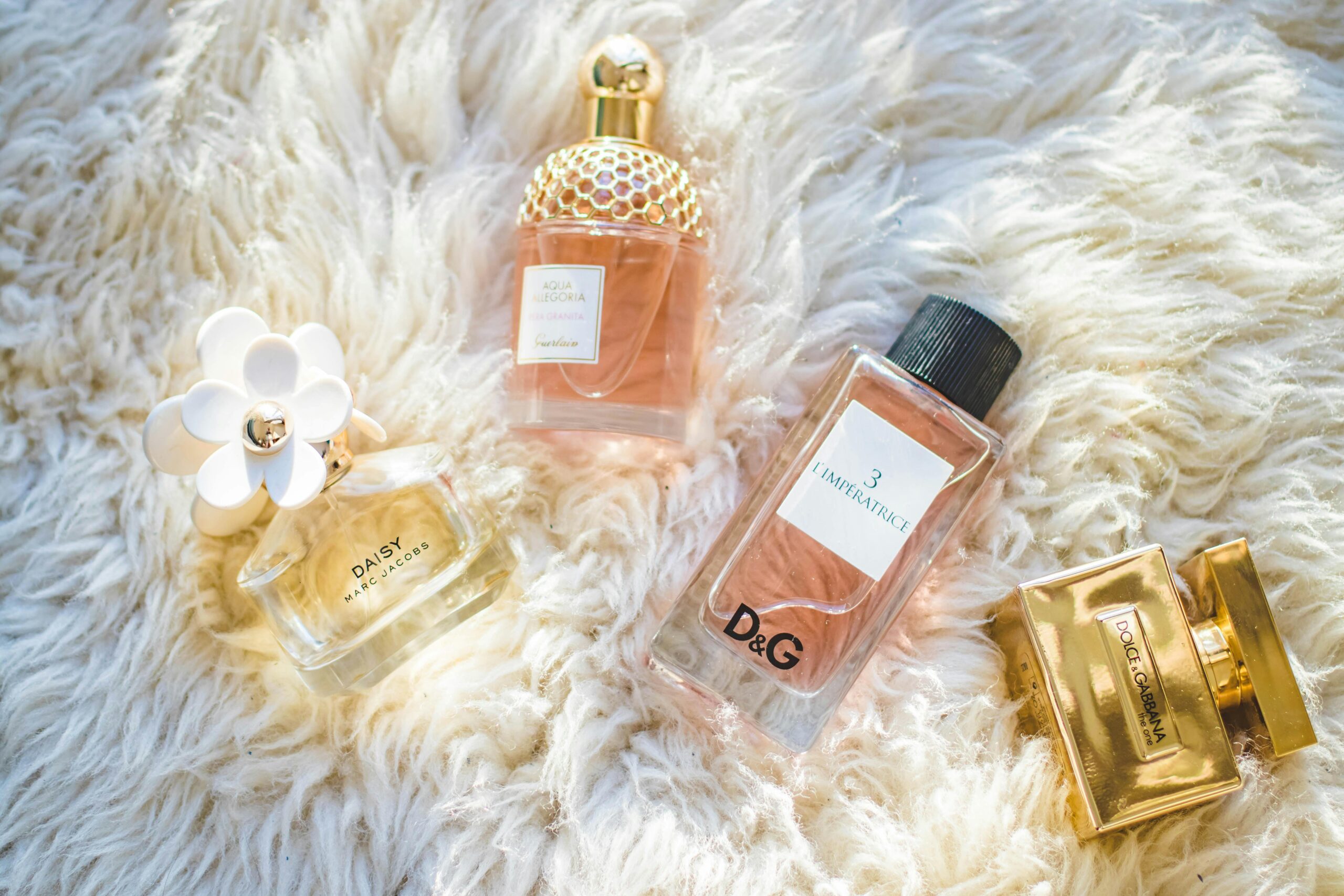Perfume is more than just a fragrance—it’s an experience, an emotion, and a reflection of personal identity. For centuries, humans have been drawn to the power of scent, using it to enhance their presence, evoke memories, and express their unique style. Whether it’s a classic floral bouquet, a rich woody scent, or a fresh citrus blend, perfume can transform our mood and leave a lasting impression.
In this article, we will explore the world of perfume: its history, how fragrances are made, the different types of perfume, and how to choose the right scent for you.
The History of Perfume
The art of perfume dates back to ancient civilizations, where fragrant oils and balms were used for religious ceremonies, beauty rituals, and personal allure. The earliest known use of perfume comes from the Egyptians, pioneers in distilling essential oils and aromatic substances. They created perfumes from flowers, herbs, and spices, used in everything from religious rites to daily bathing routines.
Perfume spread across the Mediterranean through trade routes, reaching the Greeks and Romans. The Romans, in particular, were known for their indulgence in luxurious fragrances, with perfumes becoming an essential part of their daily lives. By the Middle Ages, perfume was largely confined to royalty and the wealthy elite, who used it to mask unpleasant odors and assert their status.
The modern perfume industry as we know it began to take shape in the 18th century, particularly in France, which became the center of perfume production. In the 20th century, technological advancements in fragrance creation, including the development of synthetic materials, allowed perfume makers to create more complex and diverse scents, making perfume accessible to a broader audience.

How Perfume is Made
Perfume is created through a combination of natural and synthetic ingredients. The process of crafting a perfume, also known as “fragrance creation,” involves blending various elements to create a balanced, harmonious scent that evolves. This process requires both scientific knowledge and an artistic touch.
1. The Ingredients: Perfume ingredients can be derived from natural sources, such as flowers, fruits, spices, woods, and resins, or synthetic compounds created in laboratories. Common natural ingredients include rose, jasmine, vanilla, sandalwood, and citrus. Synthetic ingredients, like musks and aldehydes, allow perfumers to create more complex and diverse scents that are often more affordable and longer-lasting.
2. The Composition: Perfume is typically made up of three layers, known as the top, middle (or heart), and base notes. These notes are the stages in the perfume’s life cycle as it evaporates over time.
- Top Notes: These are the first scents you smell when you apply a perfume, and they are typically light, fresh, and volatile. Common top notes include citrus, herbs, and light florals (like lavender or bergamot). Top notes evaporate quickly, usually within the first 15 minutes.
- Middle Notes (Heart Notes): After the top notes fade, the middle notes begin to emerge. These scents define the character of the perfume and often consist of floral, fruity, or spicy elements like rose, jasmine, or cinnamon. The heart notes linger longer than top notes, typically lasting a few hours.
- Base Notes: These are the deeper, more lingering scents that become apparent after the perfume has settled. Base notes are rich and complex, often derived from woody, musky, or amber elements like sandalwood, patchouli, and vanilla. These notes provide depth and lasting power to the fragrance, lingering for hours or even days.
3. The Blending Process: The art of perfumery is about blending these notes into a cohesive and balanced composition. Perfumers (often called “noses”) spend years learning how to mix and match hundreds of different ingredients to create the perfect fragrance. Some perfumers specialize in creating perfumes for luxury brands, while others work with independent fragrance houses.
The Different Types of Perfume
Perfumes come in various concentrations, which affect their strength, longevity, and price. The main types of perfume are classified based on the concentration of fragrance oils in the formula. The higher the concentration, the stronger and longer-lasting the scent.
- Parfum (Extrait de Parfum): The most concentrated and longest-lasting type of perfume, perfume contains 20-30% fragrance oils. It is rich, intense, and often more expensive due to its high concentration. Parfum typically lasts 6-8 hours or longer.
- Eau de Parfum (EDP): Eau de parfum has a slightly lower concentration of fragrance oils, typically around 15-20%. It is still long-lasting (usually 4-6 hours) and is often the most popular choice for everyday wear. EDPs are available at a more affordable price compared to parfume.
- Eau de Toilette (EDT): With a fragrance oil concentration of 5-15%, eau de toilette is lighter and more refreshing, typically lasting 3-5 hours. EDTs are often used as daytime fragrances or in warmer weather when a more subtle scent is desired.
- Eau de Cologne (EDC): Eau de cologne is the lightest type of fragrance, with only 2-5% fragrance oils. It is typically used in a more casual setting and lasts around 2-3 hours. Cologne is popular for its fresh, citrusy scents and is often used for body splashes or aftershaves.
- Aftershave: Although technically not considered perfume, aftershaves contain very low levels of fragrance (around 1-3%) and are mainly used for their soothing properties after shaving. The scent tends to be lighter and fades quickly.
Choosing the Right Perfume for You
Selecting the right perfume can feel overwhelming given the wide range of scents available. However, the key is to find a fragrance that complements your personality, lifestyle, and preferences. Here are some tips to help you choose a scent that suits you:
- Understand Your Preferences: Do you prefer floral, fruity, woody, or spicy fragrances? Take note of the types of scents you are naturally drawn to in other products, like candles, lotions, or room sprays. This can help guide your choices.
- Test Before You Buy: Always test a fragrance on your skin before purchasing. Perfume reacts differently with each individual’s skin chemistry, so a scent that smells great on a sample strip may not smell the same on you.
- Consider the Season: Some fragrances are more suitable for certain seasons. Light, fresh scents like citrus or green notes work well in the summer, while warmer, spicier scents like cinnamon or amber are ideal for colder months.
- Take Your Time: Don’t rush the process. A good fragrance should feel like a natural extension of who you are, and it might take several trials before you find your perfect scent.
The Future of Perfume
The perfume industry continues to evolve, with new trends emerging each year. Sustainability is becoming increasingly important, with more brands focusing on eco-friendly packaging, natural ingredients, and cruelty-free production methods. Customization is also a growing trend, with many companies offering bespoke fragrances or the ability to personalize your scent.
Technology is playing a role in the future of fragrance, too. Brands are experimenting with digital fragrances that can be experienced through virtual reality or personalized scent experiences via app-based platforms.
Conclusion
Perfume is much more than just a pleasant aroma; it’s a deeply personal expression of identity, emotion, and artistry. From the meticulous blending of natural and synthetic ingredients to the diverse range of scents that evoke memories and moods, perfume remains one of the most enchanting and enduring forms of personal expression. Whether you prefer the timeless elegance of a floral fragrance or the boldness of a spicy, woody scent, perfume allows us to make a statement without saying a word, leaving a lasting impression long after we’ve left the room.



